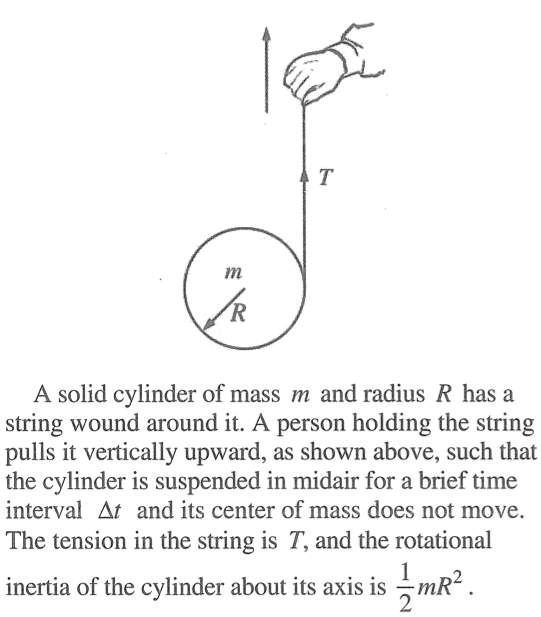Question 7

Question 11


Question 19

- When a=0, μ= tanθ
Question 21

After the person has walked to the other end, the situation must be the mirror image of this one; the center of mass will be shifted to a distance d to the left of the center of the raft.
But the center of mass cannot move as the person walks on the boat.
Therefore, the boat must have moved a distance 2d to the right.
Question 24



Question 25


Question 32

- The center of mass cannot move